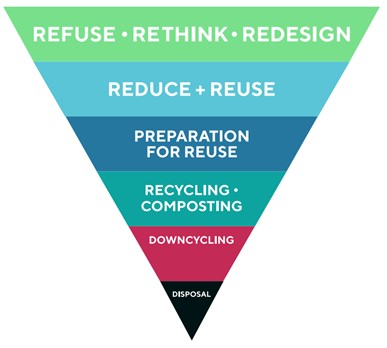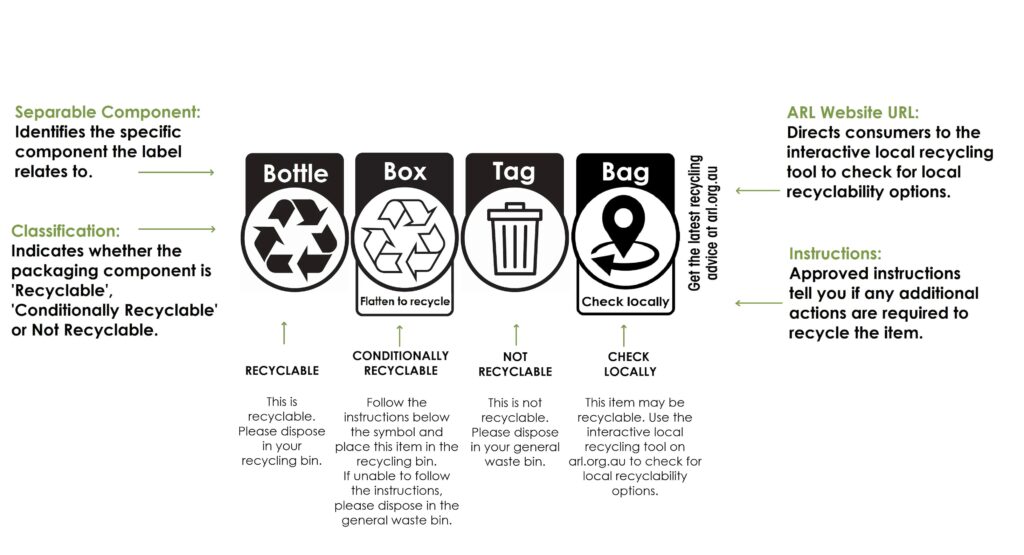In recent years, the call for sustainable practices in every aspect of our lives has grown louder. As consumers become increasingly aware of environmental issues, the demand for ‘eco-friendly’ packaging solutions has surged. For businesses, this means a shift towards sustainable packaging is not just an option but a necessity. However, embarking on this journey can be daunting, especially for beginners. Fear not! This guide aims to provide you with a solid foundation to navigate the realm of sustainable packaging effectively.
One – Avoid Greenwashing
Greenwashing, the deceptive practice of presenting a misleadingly positive image of a product’s environmental impact, is unfortunately prevalent in the market. To steer clear of greenwashing, scrutinize claims made by packaging suppliers or manufacturers. Look for certifications from reputable organizations such as the Forest Stewardship Council (FSC), B Corporation, or the Sustainable Forestry Initiative (SFI). Transparency is key; seek detailed information on materials used, manufacturing processes, and end-of-life disposal (if circularity cannot be achieved yet).
Check out our certifications and partnerships.
Two – Do Your Research
Knowledge is power. Before diving into sustainable packaging options, invest time in research. Understand the environmental impact of different materials, such as recycled plastic, recycled paper, or compostable alternatives. Consider factors like energy consumption, water usage, and emissions throughout the lifecycle of the packaging. Explore case studies of successful sustainable packaging initiatives in your industry for inspiration and guidance.
Start by checking out our case studies.
Three – Design Packaging with the Waste Hierarchy in Mind
Embrace the waste hierarchy as your guiding principle when designing packaging solutions. Prioritize options that adhere to the hierarchy’s principles: reduce, reuse, recycle, recover, and dispose. Optimize packaging designs to minimize material usage, while maintaining functionality and protection. Explore innovative concepts like reusable or refillable packaging models to extend product lifespan and minimize waste generation.
Four – Use Simple Messages
Effective communication is crucial in conveying your commitment to sustainability to consumers. Keep messaging simple, clear, and honest. Highlight key sustainability attributes of your packaging, such as recyclability, compostable, or reusable. Utilize visual cues like certification logos or symbols to reinforce your message. Educate consumers about proper disposal, or recycling instructions to encourage responsible behaviour.
Five– Find Trusted Partners
Collaboration is essential on the journey towards sustainable packaging. Partner with suppliers, manufacturers, and packaging experts who share your commitment to sustainability. Seek out vendors with a track record of sustainable practices and ethical sourcing. Establish open lines of communication to exchange ideas, address challenges, and explore new opportunities for improvement collaboratively.
Embarking on the path towards sustainable packaging may seem daunting at first, but with the right approach, it’s a journey filled with opportunities for innovation, growth, and positive impact. By avoiding greenwashing, conducting thorough research, designing with the waste hierarchy in mind, using simple messaging, and finding trusted partners, you’ll be well-equipped to make meaningful strides towards sustainable packaging, now and for the future.
Till next time,
Team Hi-Tech Packaging



